Levon Bağış is deciding which pair of glasses to wear when I walk into Foxy, a wine bar in Istanbul’s upscale Nişantaşı neighborhood. He opts for the chestnut-colored frames instead of the clear or fluorescent red ones. Vision restored, he turns to a glass of ruby-hued wine. An astute observer will notice Bağış’ visage on the bottle’s label, cartoonified but recognizable with his distinctive beard and rims. The cuvée, a collaboration with Thracian winery Barbare, is dubbed Ararat, a name with special significance for Bağış, who is part of Turkey’s Armenian minority.
Mount Ararat is Turkey’s largest mountain. The biblical figure of Noah is said to have planted vineyards on its slopes. But for Armenians, Ararat is both their holy mountain and national symbol. Although it’s located in Eastern Turkey, Ararat’s towering silhouette fills the horizon in the Armenian capital of Yerevan. Long before modern borders were established, Armenians have lived in what is today Turkey, Iran and beyond.
“The kitchen doesn’t have nationality. Cuisine comes from geography,” says Bağış. “To say, ‘this is Armenian’ or ‘this is Turkish’ is very difficult. This is a place where different people have lived together for a long time.”
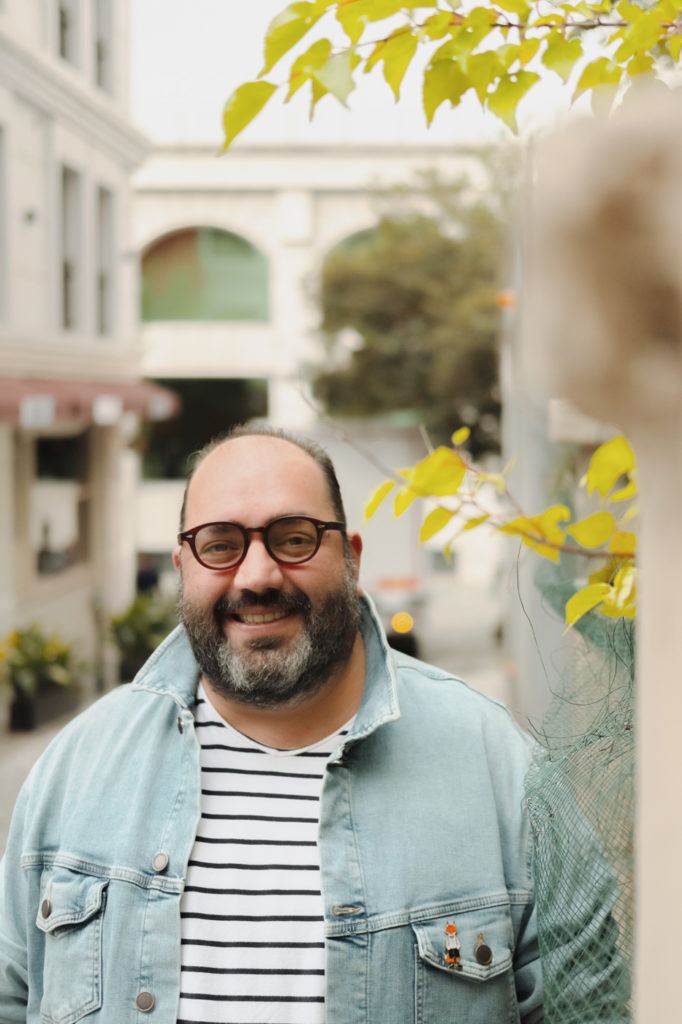
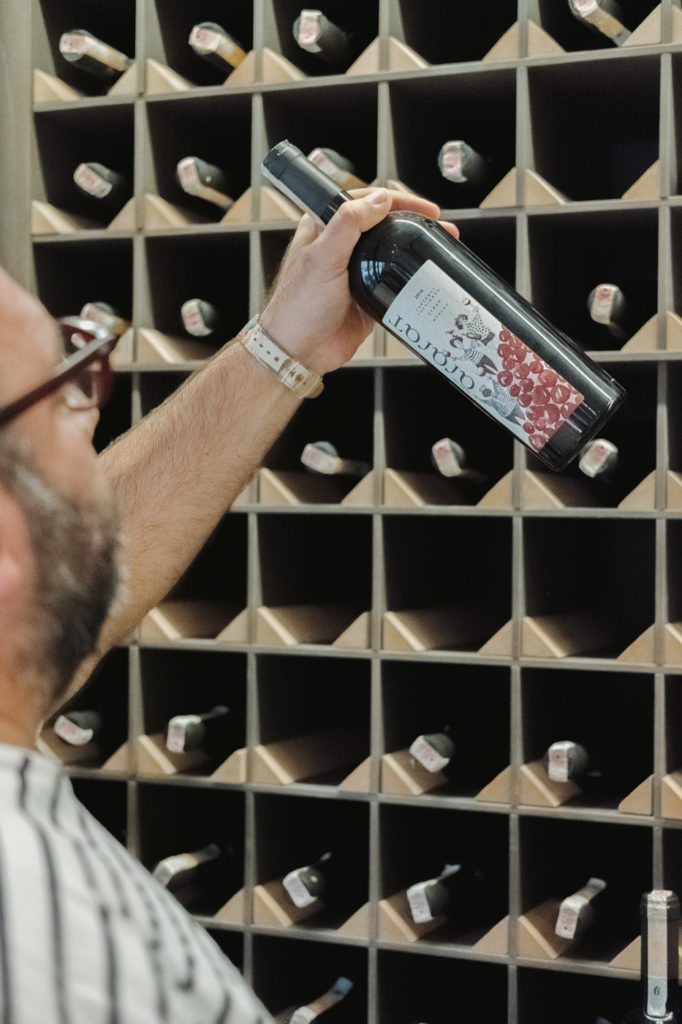
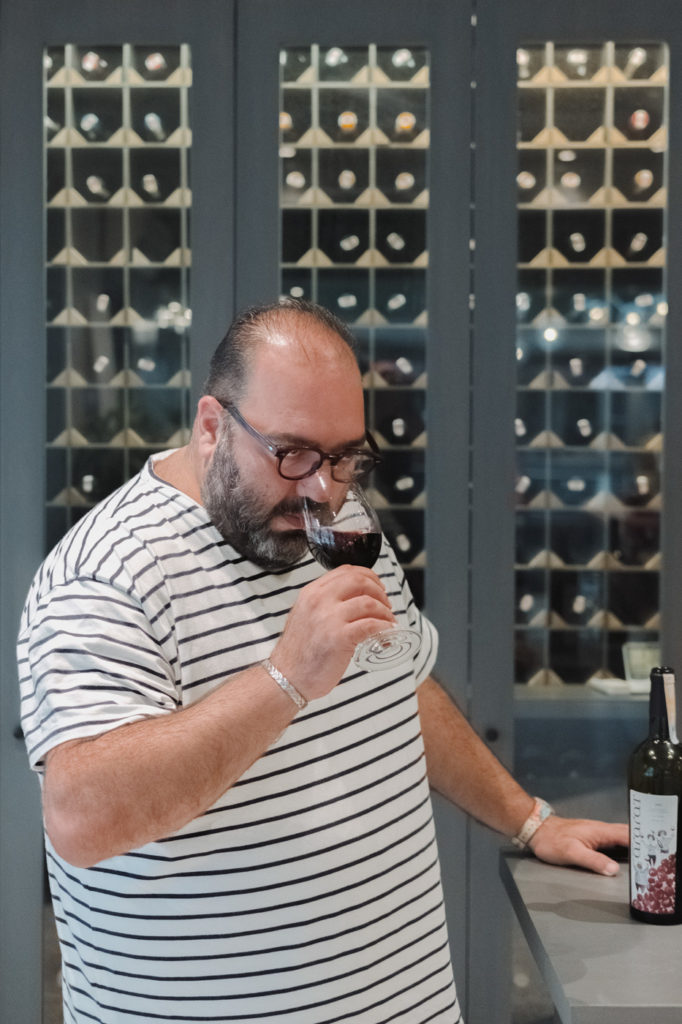
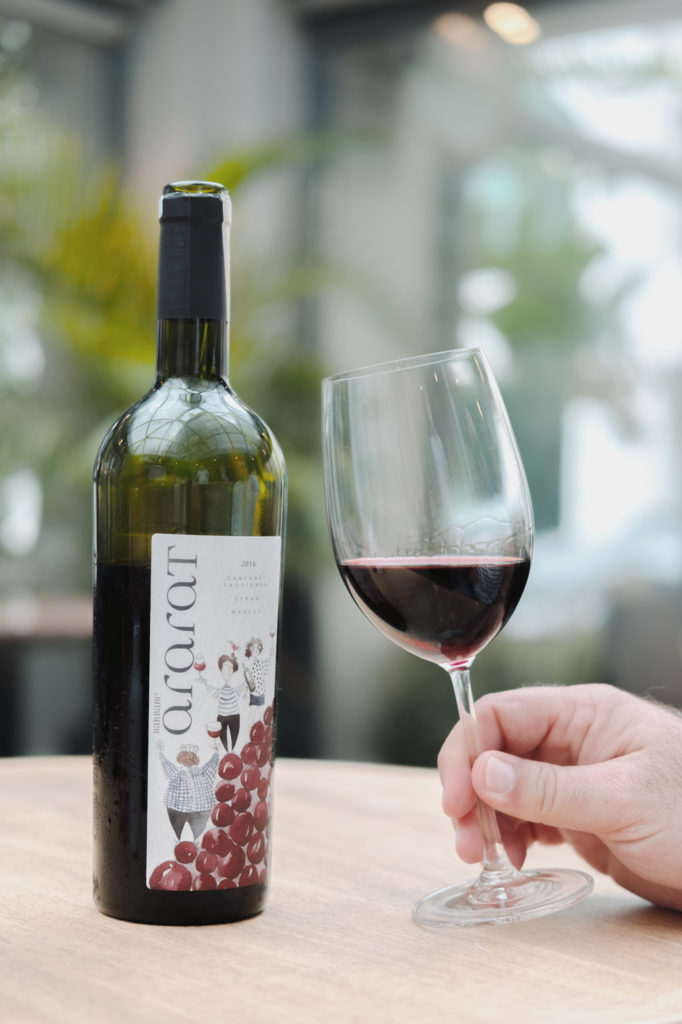
It’s a sentiment shared by Anoush Suni, an Armenian-American researcher at Northwestern University. “I disagree with these nationalistic claims to food—that lavash is Armenian or not Armenian,” she says. For her Ph.D., Suni traveled across Eastern Turkey researching the social history of Armenian cultural artifacts.
“These are foodways and food cultures that are shared across peoples. It wasn’t until one hundred years ago that these strict national borders separated Armenians from Turks and Azeris. Up until then, it was imperial borders: Russian, Persian, Ottoman,” she explains. “The people inside were mixing constantly. In one village you might have Armenians, Kurds, Assyrians and Yazidis. They all shared food.”
There’s perhaps no better example than yaprak dolma—stuffed grape leaves that are a staple across the eastern Mediterranean. Although Bağış emphasizes the universality of the dish, he does denote a difference of the Armenian version.
“Armenian dolma will be thick and loosely wrapped with lots of spices and olive oil. If it’s Armenian dolma, the olive oil will drip down your arm, ” he describes.
In addition to being a restaurateur, Bağış is a wine educator and a regular columnist at the Turkish-Armenian newspaper Agos. But Bağış refers to himself simply as an obur—a Turkish word that connotes both gourmand and glutton.
Bağış has prepared a small feast. Thick slices of raw lakerda, a fish endemic to the Black Sea and Bosphorus, is served over red onion and drizzled with olive oil. Chunks of lamb brain have been breaded and fried. House-cured pastırma (basturma in Armenian)—beef that is seasoned with fenugreek and garlic—is served cold. Each meze is meant to be shared, although photographer Burçin Ergünt and I quickly find ourselves jockeying for the last piece of pastırma, a dish once known as the specialty of Armenians from Kayseri. One dish on the table, however, is new to me: a globe-shaped dish Bağış calls topik.
“This might be the only dish that we can definitely say is Armenian,” says Bağış.
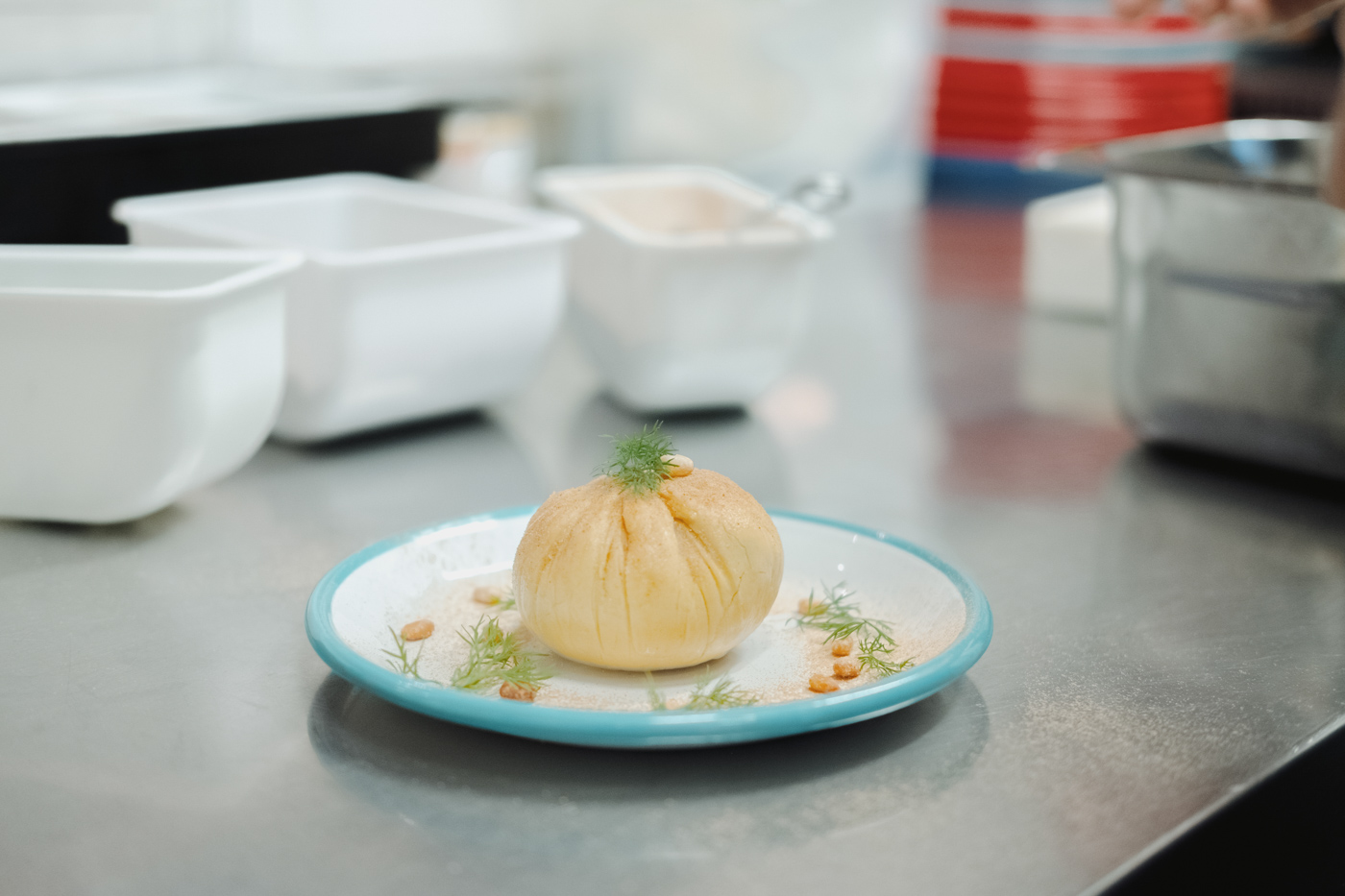
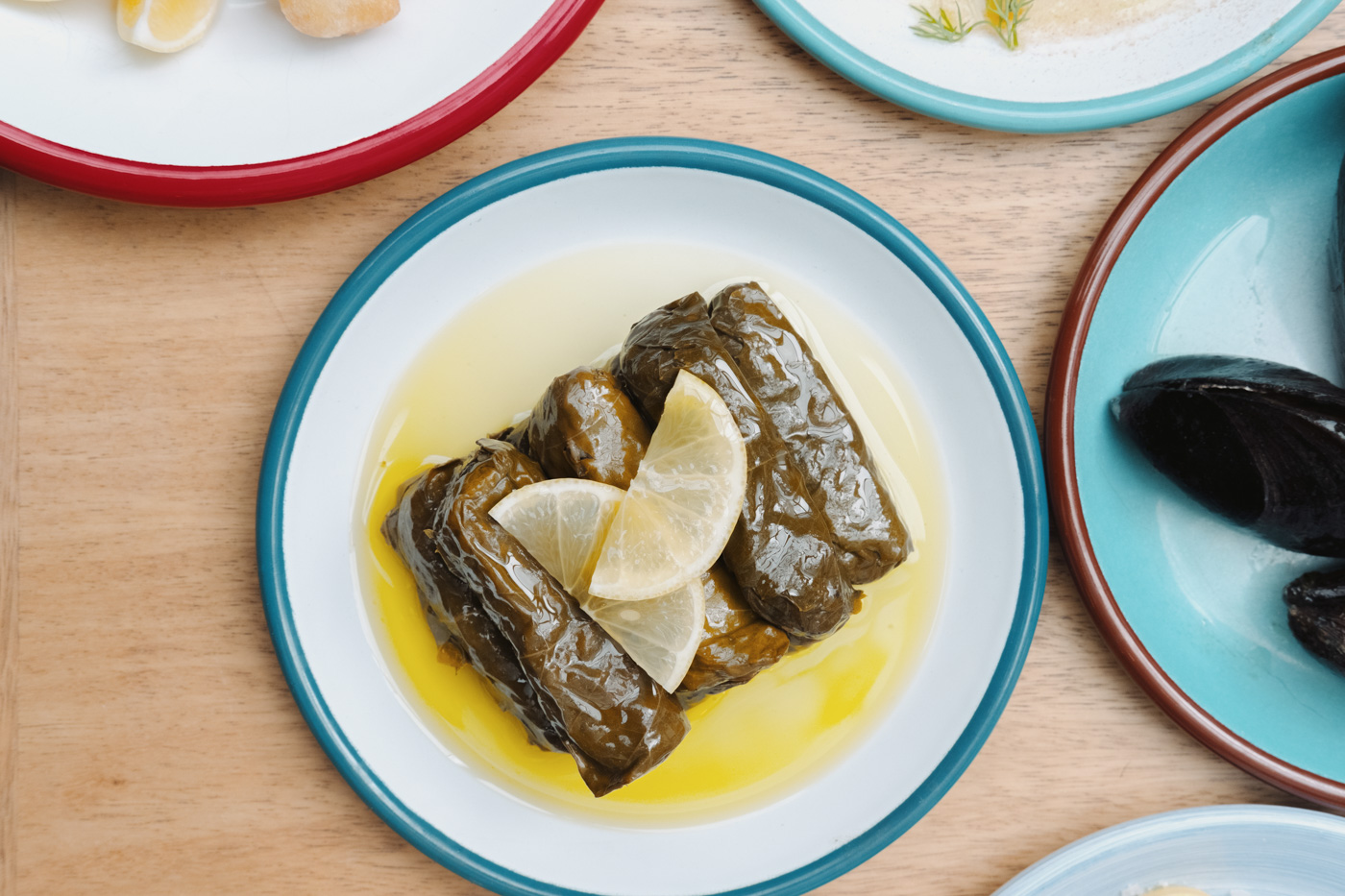
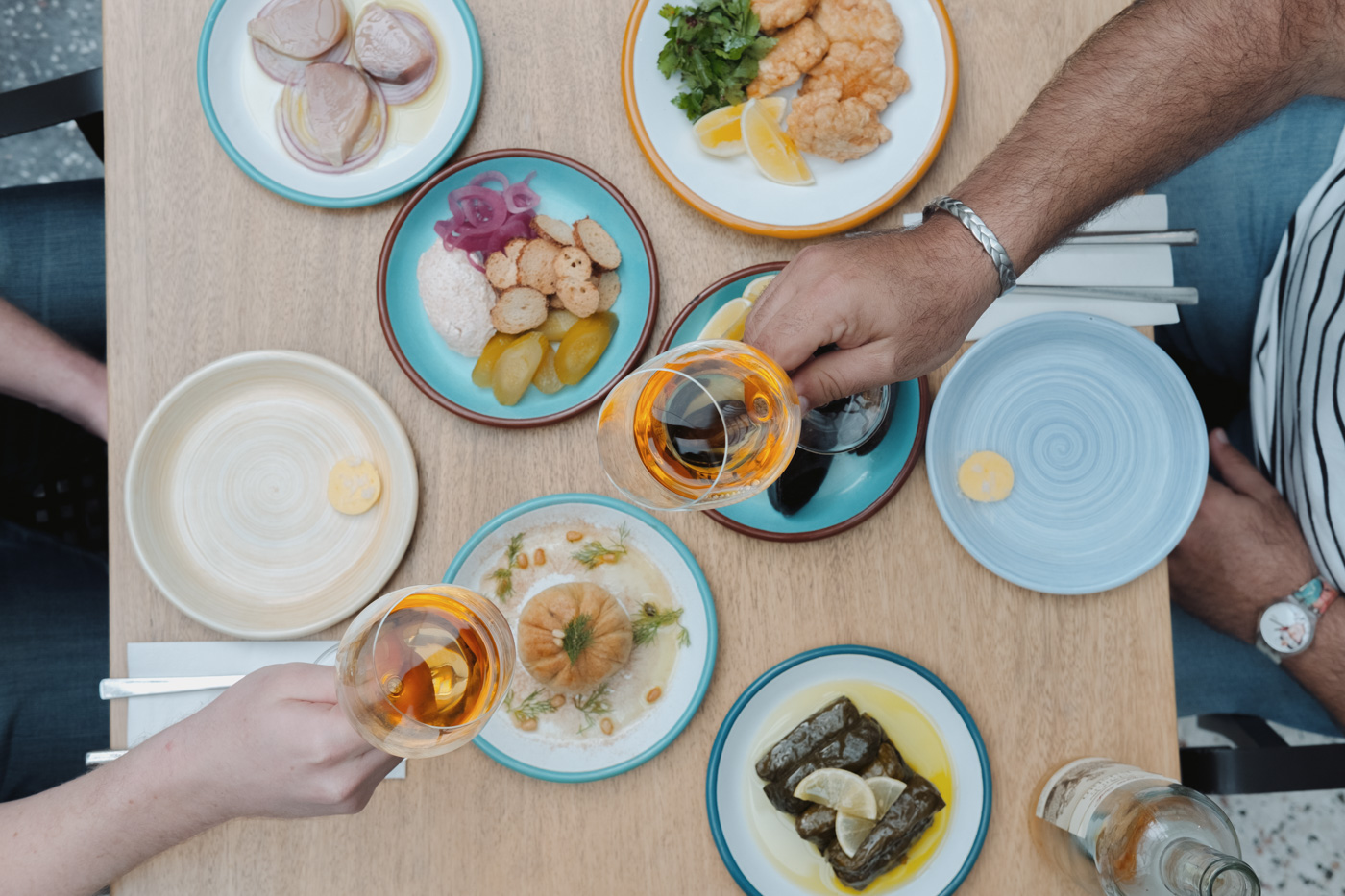
During seasons of fasting such as Lent, priests and pious Armenians follow a plant-based diet. Topik is a fixture of fasting days. I cautiously cut the exterior, made from puréed chickpeas, to reveal an interior of caramelized onions, pine nuts, and dried currants, seasoned with liberal amounts of tahini and cinnamon. The first bite reveals a rich decadence.
“Onion and cinnamon are the key to Istanbul Armenian cuisine,” says Bağış. “At Christmas, the whole house smells of onion.”
Strictly speaking, Foxy is a contemporary wine bar. The wine list features a section just for natural and biodynamic producers. Orange wines get their own section alongside reds and whites. Foxy focuses on endemic varieties and small producers, such as cult vigneron Udo Hirsch, who makes natural wines in Central Anatolia using antique Armenian amphora.
To pair with our food, Bağış selects a wine made by one of Turkey’s other Christian minority communities: the Assyrians. The deep golden wine comes from the town of Midyat, near the Syrian border. Like Georgia to the north, Turkey’s Assyrians have been making skin-contact white wine long before it was in vogue. The wine works beautifully with the diverse array of food—there’s enough acid to pair with fish and enough tannin to complement pastırma.
I ask Bağış why I can buy an Assyrian-made wine in Turkey, but not an Armenian-made wine.
“The Assyrians in Turkey still live in villages around Mardin where they grow their own grapes,” he says. “There’s only one Armenian village left.” Bağış refers to Vakıflı, a village of around 130 Armenians in Turkey’s Hatay Province.
After Turkey’s Alevi community, a heterodox sect of Islam, Armenians are Turkey’s largest religious minority, even though they number a mere 60,000 to 80,000 people, and are almost exclusively based in Istanbul. At the end of the nineteenth century, the Ottoman Empire was in decline and former territories such as Serbia, Montenegro and Bulgaria successfully fought for their independence. With the outbreak of World War I, Ottoman leaders increasingly saw their Armenian citizens as an internal threat. The systemic mass killing and expulsion of millions of Armenians has come to be known as the Armenian Genocide.
In May of 1915, the ruling Committee of Union and Progress (CUP) issued an order that Armenians in Anatolia would have their property confiscated and be forcibly deported from the country. Countless Armenians would die in the resulting death marches, with most estimates being over a million casualties. Turkish authorities deny the systematic killing of Armenians took place. Instead, Turkey refers to “the events of 1915” in which many people lost their lives, including Turks and Kurds and at the hands of Armenian revolutionaries.
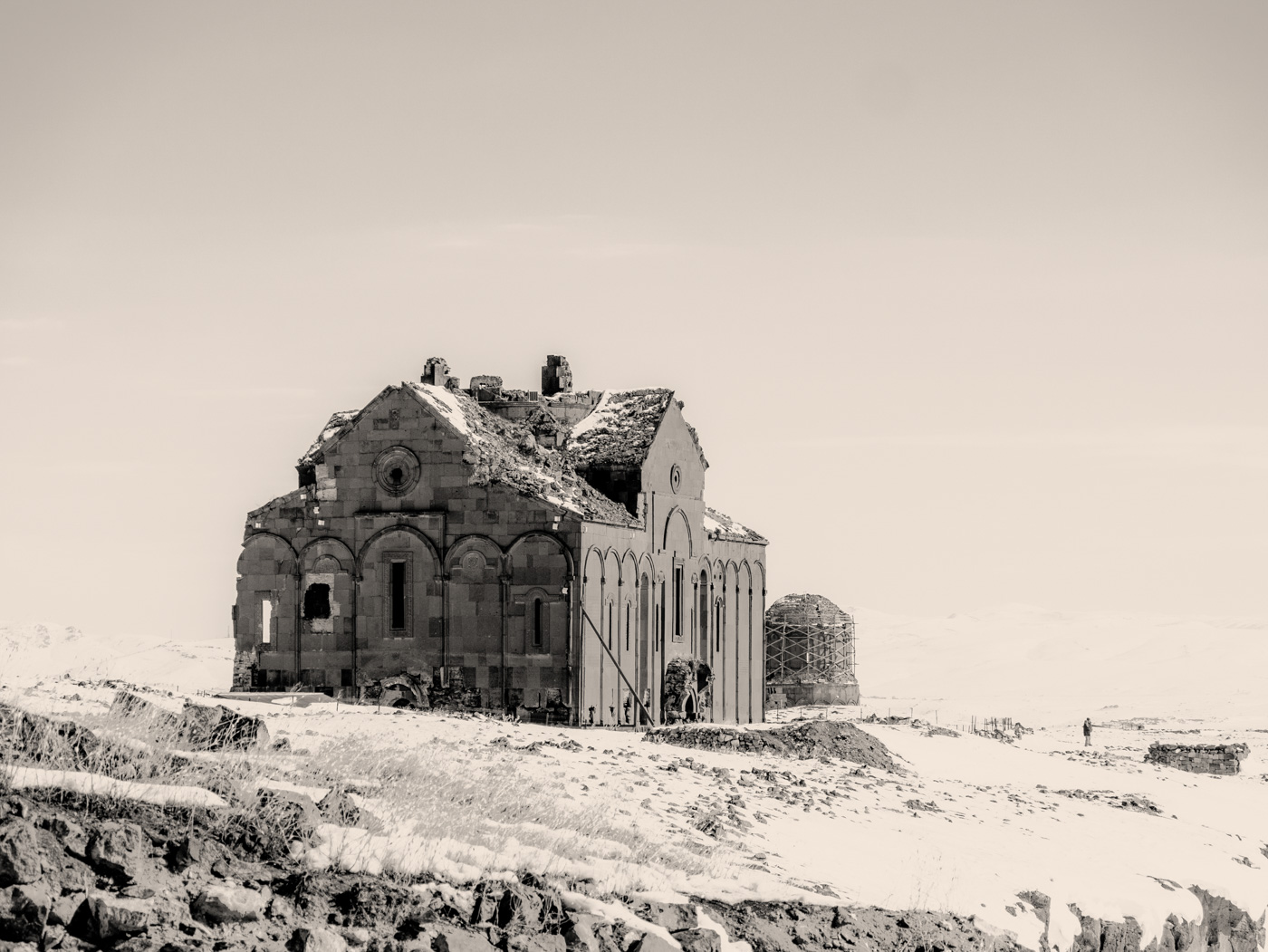
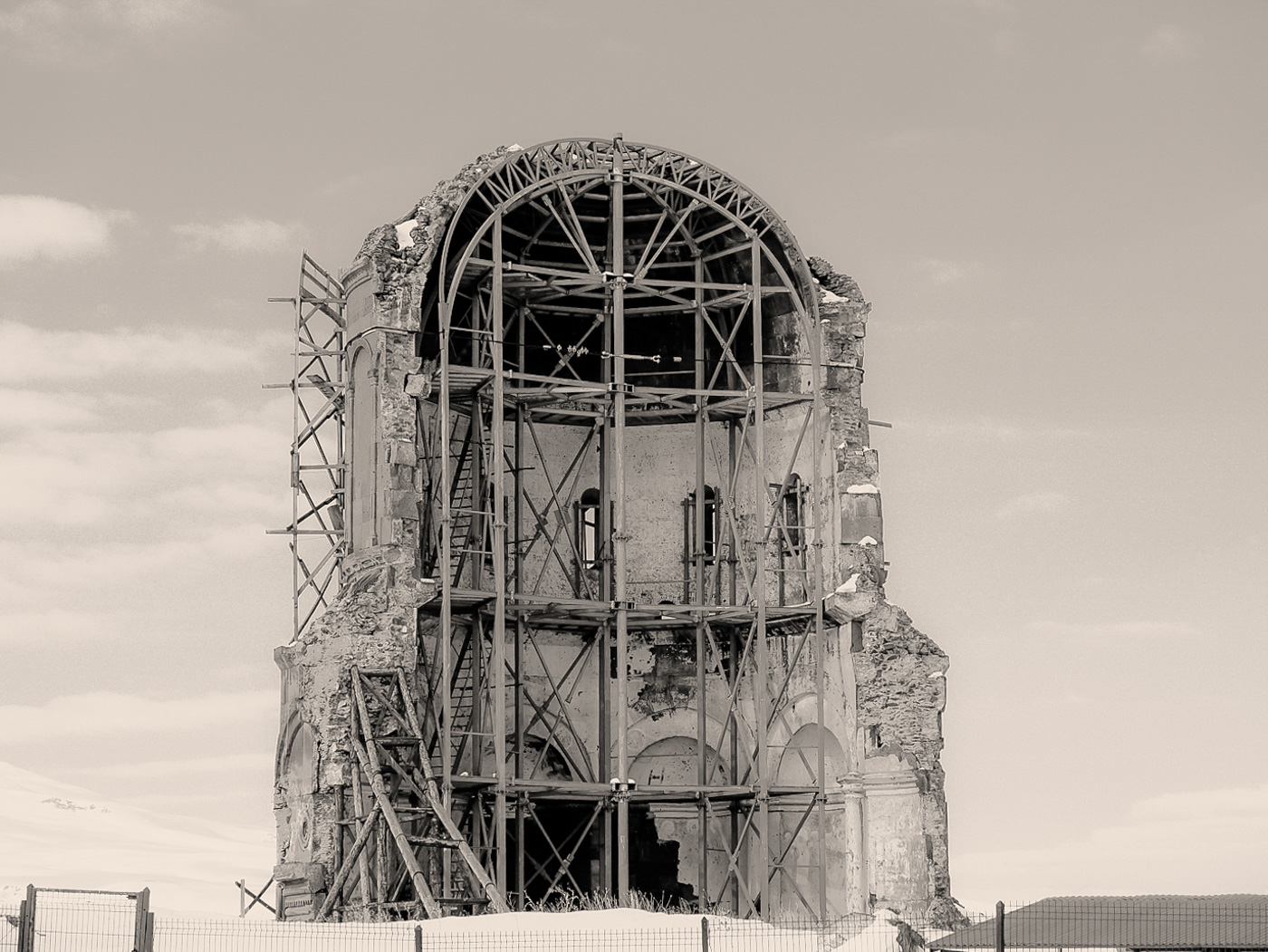
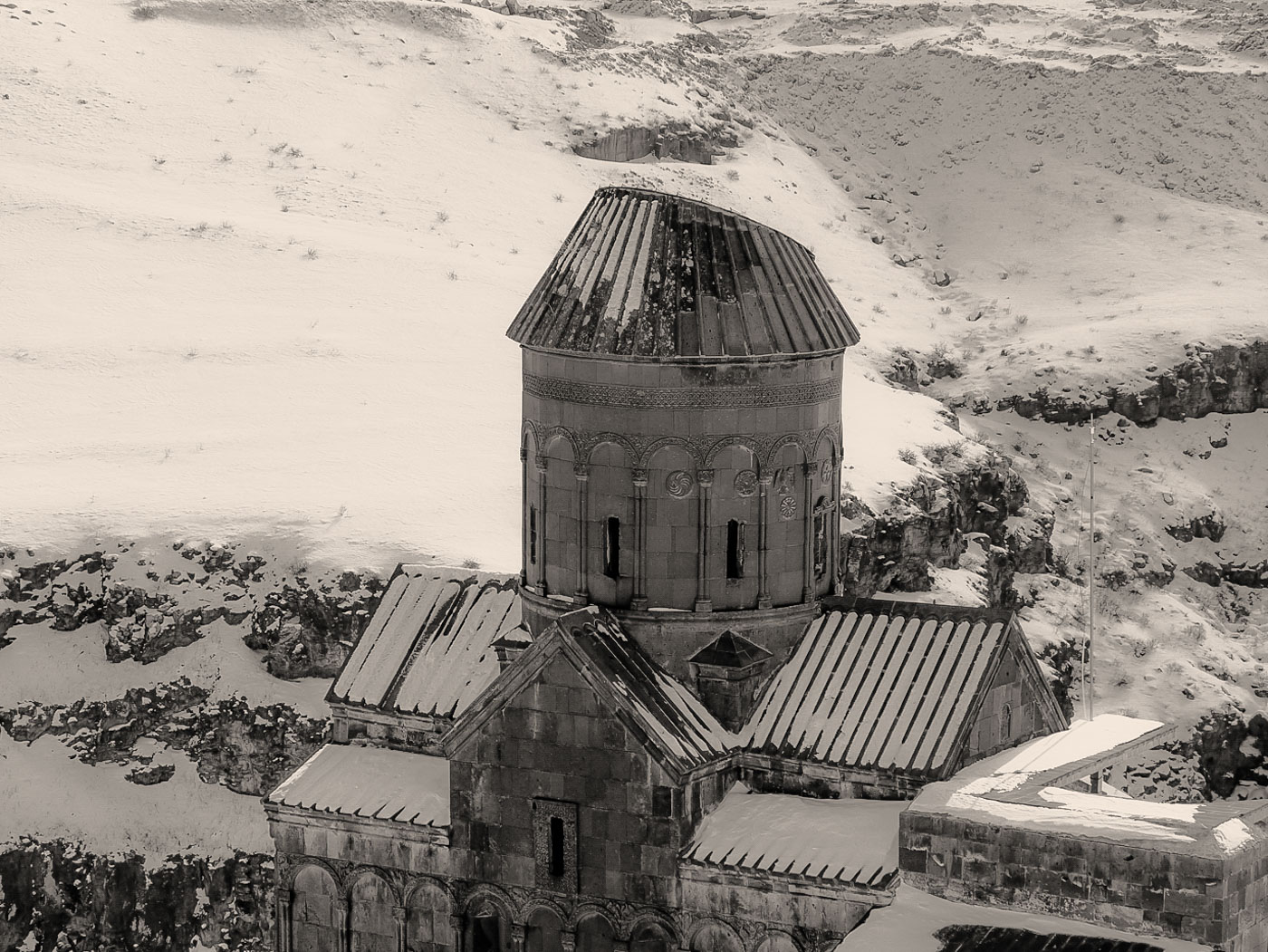
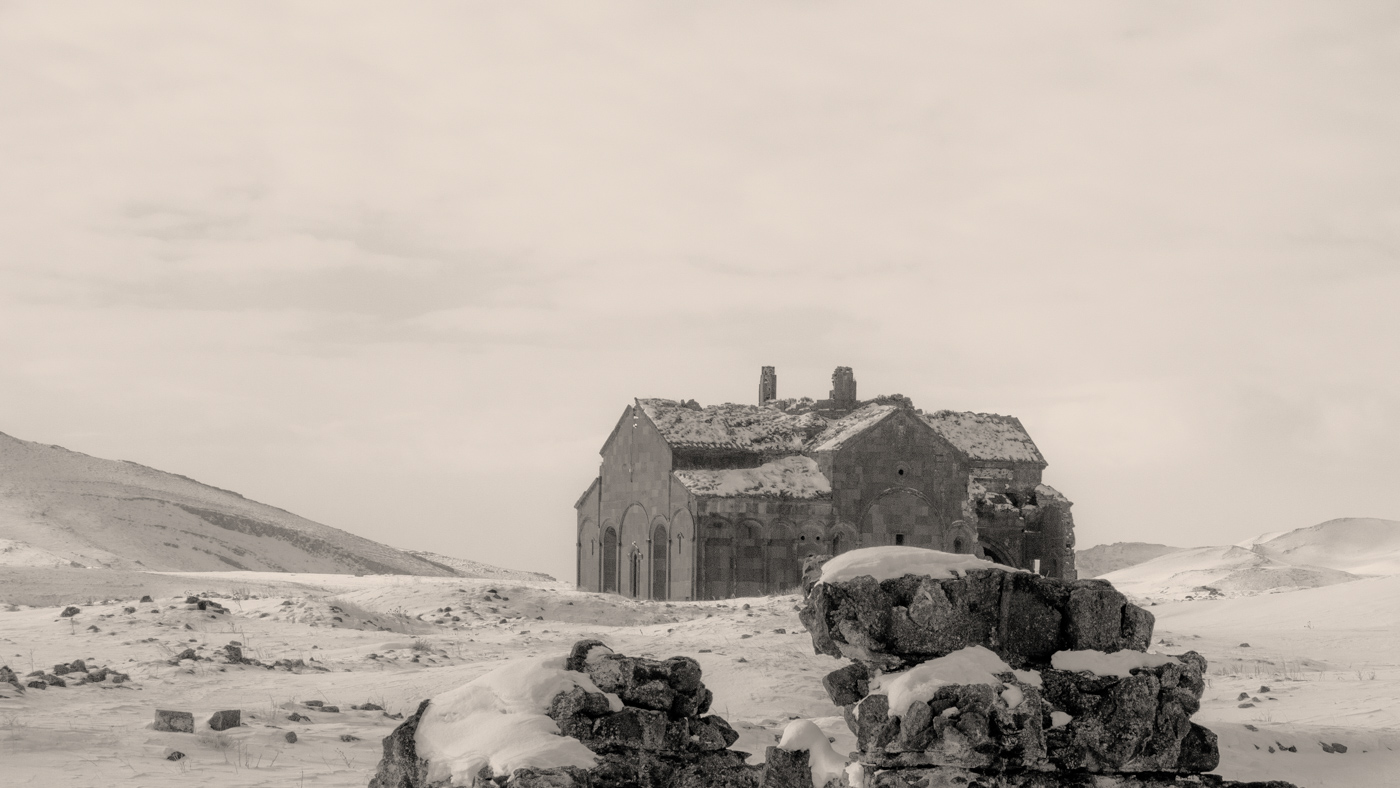
Ani, a ruined medieval Armenian city located next to the closed border of Armenia in Turkey’s province of Kars.
Among the victims in the genocide were the great-grandparents of Ronald Suny, professor of social and political history at the University of Michigan. A quote from CUP leader Talat Pasha provides the title for Suny’s book, “They Can Live in the Desert but Nowhere Else”: A History of the Armenian Genocide.
“The socio-psychological effect of the genocide was that Armenians stuck together. Wherever they went—Detroit, Philadelphia, Fresno—they formed ‘Little Armenias,’” says Suny, who grew up in Little Armenia in Philadelphia.
“The whole social life was Armenian, mostly from what we called ‘the other side’—the old country. And for the most part that meant Turkey,” he says. “The cooking at my grandmother’s was exclusively Armenian: gouvedge, dolma, lahmajun. They made their own yogurt. There was no commercial yogurt yet. There was a joke—that Armenians didn’t get divorced because how would you divide up the starter?”
“Armenians are able through their civil society connections to isolate and at the same time adopt, adapt and not quite assimilate, but inculturate to other societies,” Suny continues. “One of the ways you do that is through the church.”
In the early fourth century, the Kingdom of Armenia became the first country to establish Christianity as its state religion. The Armenian Apostolic Church never accepted the Council of Chalcedon, which led to a break with Western Christianity in the sixth century. Coupled with the fact that the Armenian church had its own language, liturgy, and even alphabet, Armenian Christianity became a key marker of Armenian identity, distinct from both their Eastern Orthodox and Muslim neighbors.
For the diaspora, churches are not just for the pious to practice their religion; they’re a place to preserve Armenian culture. “Always, there was the fear that you could disappear,” Suny says.

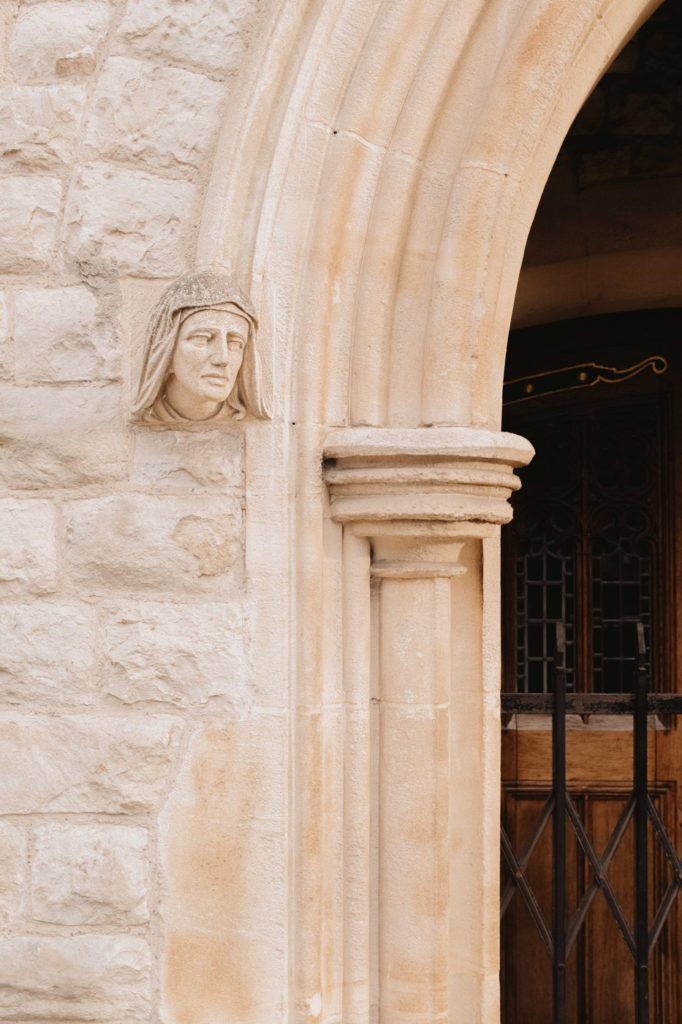
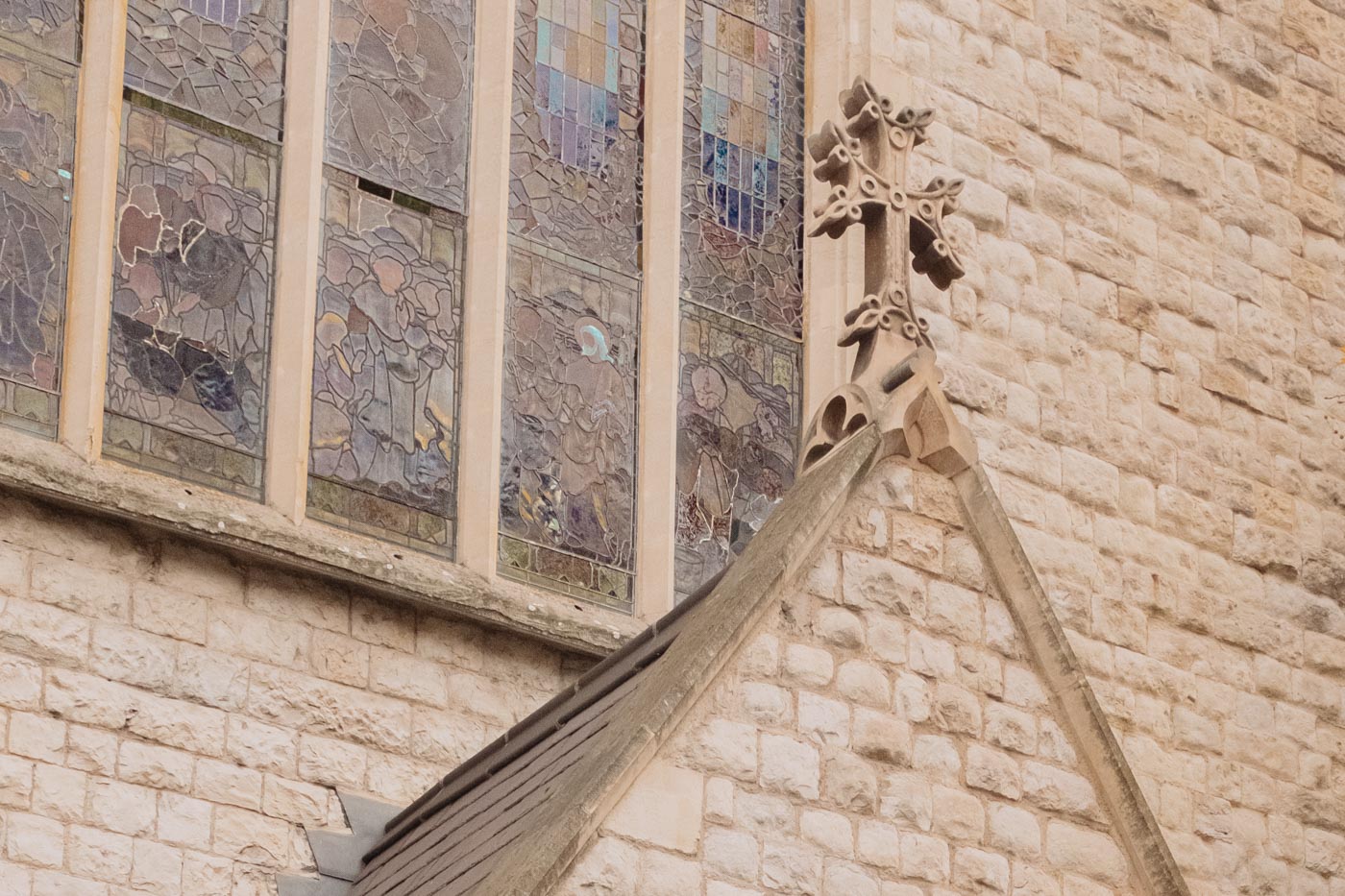
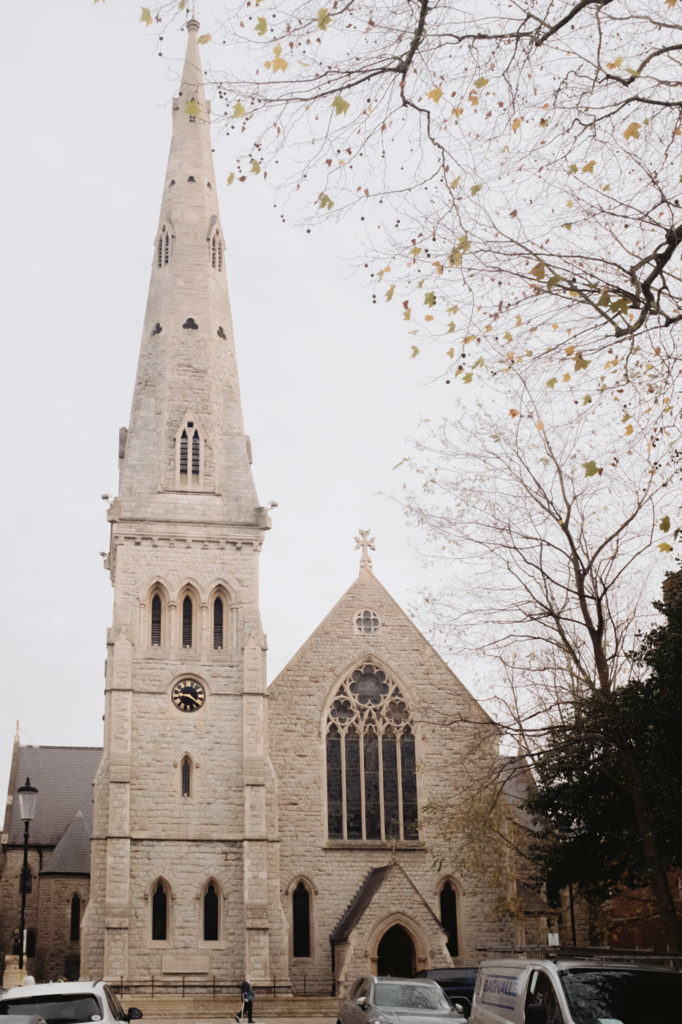
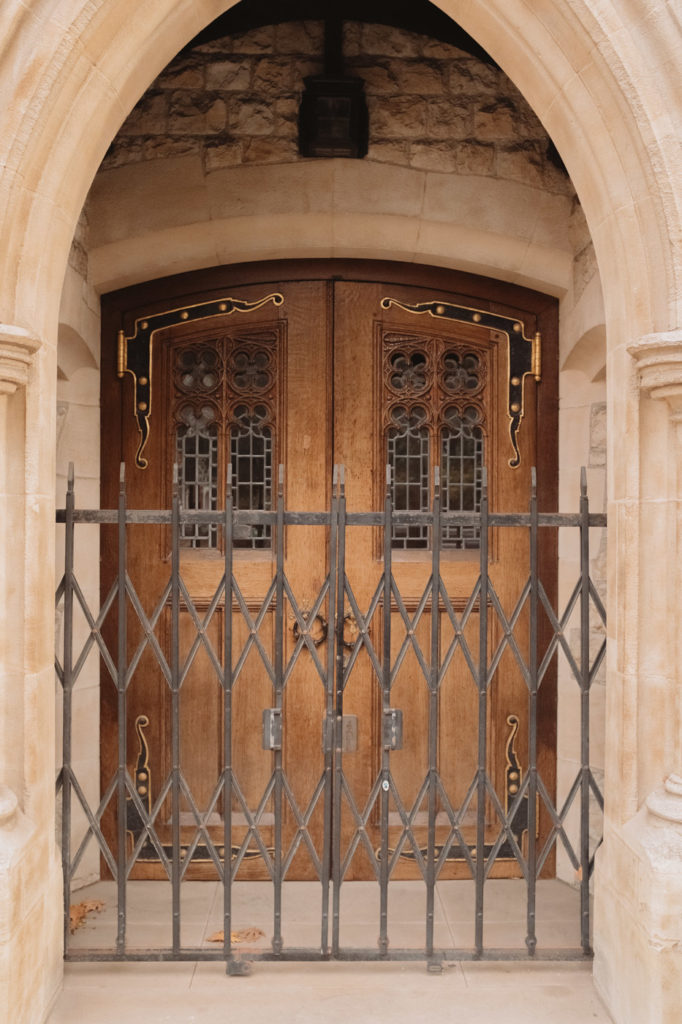
St Yeghiche Armenian Church, London
For Armenians around the world, that fear was rekindled in September of 2020 by renewed fighting over the contested region of Nagorno-Karabakh between ethnic Armenians and Azerbaijan. Following the fall of the Soviet Union, the indigenous Armenians declared themselves the Republic of Artsakh. No United Nations member state has recognized the de facto state.
“When the Russian Empire collapsed, Azerbaijan and Armenia started to fight over a land called Karabakh—which literally means ‘black garden’—where Armenians and Azerbaijanis lived together,” says Cavid Ağa, an Azerbaijani freelance journalist and writer based in Ankara. “When the Soviet Union was established, it froze the enmity between these countries for seventy years. When the Soviet Union collapsed, Azerbaijan and Armenia started to fight over this land once again.”
In the resulting conflict, Armenian armed forces took control over Karabakh and much of the surrounding territory, displacing more than 600,000 Azerbaijanis. İn 1994, Russia negotiated a ceasefire; and over the next twenty-six years, an uneasy peace was interrupted by periodic flare-ups in violence as Azerbaijan tried to reclaim lost territory.
The status quo fundamentally shifted in September of 2020 when Azerbaijan launched a major offensive. Bolstered by drones purchased from Israel and Turkey, Azerbaijan overran Armenian forces until Russia once again negotiated a peace deal. Armenia was forced to accept significant losses of territory, including Shusha, a city with significant cultural heritage for both Armenians and Azerbaijanis. Videos emerged on social media platforms of captured Armenians being tortured and even executed.
“One hundred and five years after the genocide, Armenians are experiencing a deep sense of vulnerability,” says Suny. “Defeated in Karabakh, with Aliev’s Azerbaijan ascendent, Erdoğan’s Turkey posing as [the] great power broker, and Armenians turning on their democratic government, the present appears bleak.”
For Turkey’s Armenian community, the conflict has coincided with a rise in hate speech and threats. Turks and Azerbaijanis speak of their countries being “two states, one nation.” Popular sentiment amongst Turks is almost universally in support of Azerbaijan. Protestors waving Azerbaijani flags were seen driving around Armenian neighborhoods and outside Armenian churches.
Turkey’s Armenians take such threats seriously. In 2007, prominent Turkish-Armenian journalist Hrant Dink was assassinated outside his Istanbul office by a right-wing Turkish teenager. Dink was the editor of Agos, the same newspaper Bağış writes for. “Parents aren’t sending their kids to Armenian schools out of fear,” says Bağış.
Although Turkish Armenians live side-by-side with their Turkish and Kurdish neighbors, the conflict has introduced a new strain on relationships.
“Many of my close [Turkish] friends don’t trust the national media—about the economy, about COVID-19. They don’t trust the government about anything. But concerning Armenians, anything the government says they believe is true. It’s very fascinating. I didn’t expect that,” he says.
Although the situation appears bleak, compounded by the COVID-19 epidemic, Armenians in Turkey and abroad haven’t let go of hope.
“This is a people who came back from the brink of annihilation, built a state, preserved their nation, and thrive because repeated through their history they have preserved hope for a better future,” says Suny.
Indeed, if there’s a common thread to Armenian cuisine, it’s not a spice or an ingredient, but a resilience—an insistence on survival. It’s an ingenuity Bağış sees in one of the signature dishes of Istanbul’s Armenian community: stuffed mussels.
Typically served on the half shell with a fresh squeeze of lemon juice, midye dolma is one of Istanbul’s signature street food dishes. According to Bağış, the dish was birthed from necessity; anyone, even those experiencing poverty, could forage for mussels.
“Armenians are from Caucasia. There’s no sea. There’s no seafood,” says Bağış. “But they knew a food tradition. When they came to Istanbul, they carried the old tradition to Istanbul and made new food.”
When we talk over Zoom, I ask Suni if she sees any hope of peace in the region.
“In my research, people would often talk about how they would go to each other’s weddings, how people would share food,” she says. “We have to come to the understanding that food, geography, language, places—these aren’t the sole property of one nation or another. These are things that are shared.”





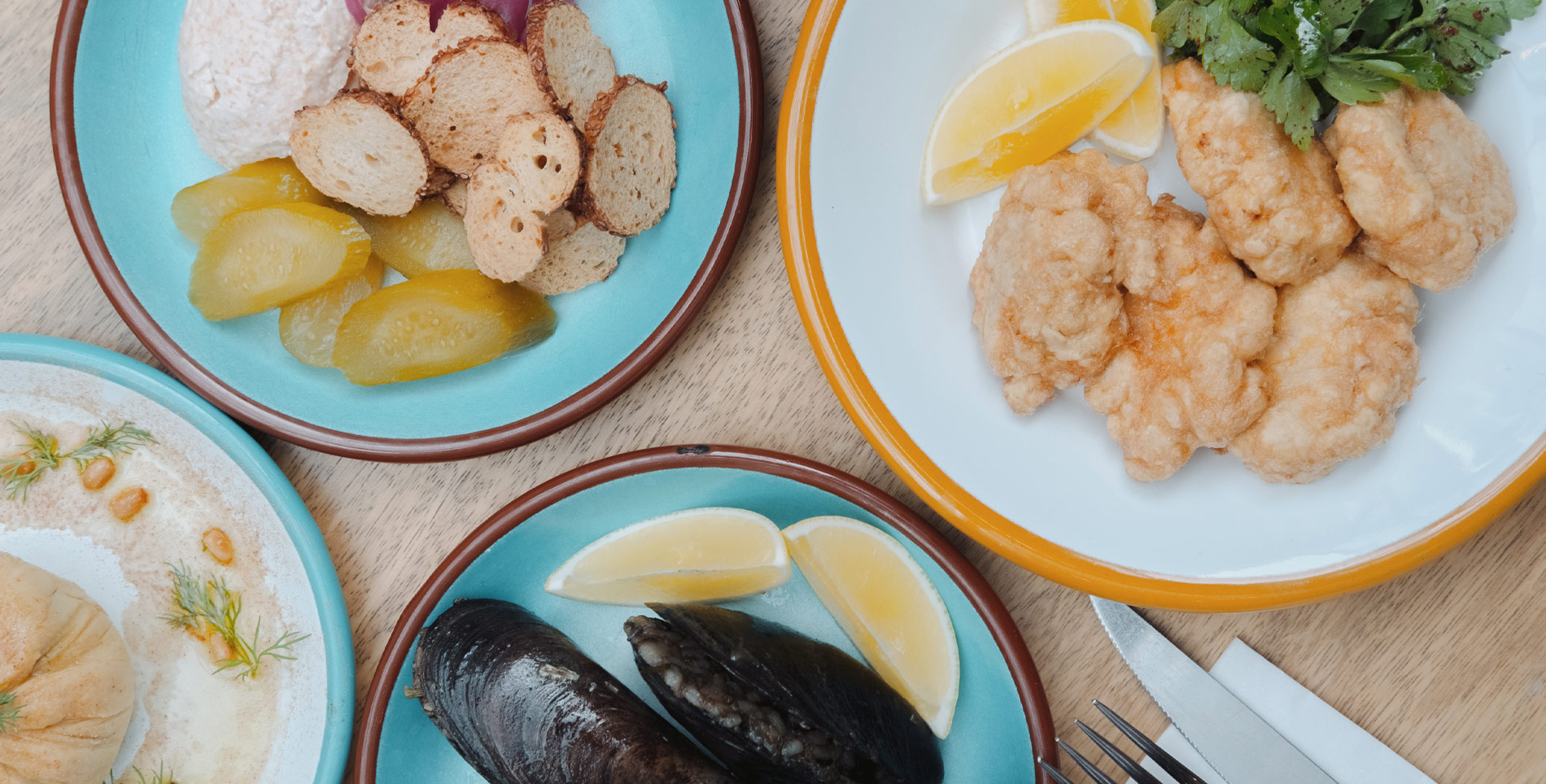

Our comments section is for members only.
Join today to gain exclusive access.